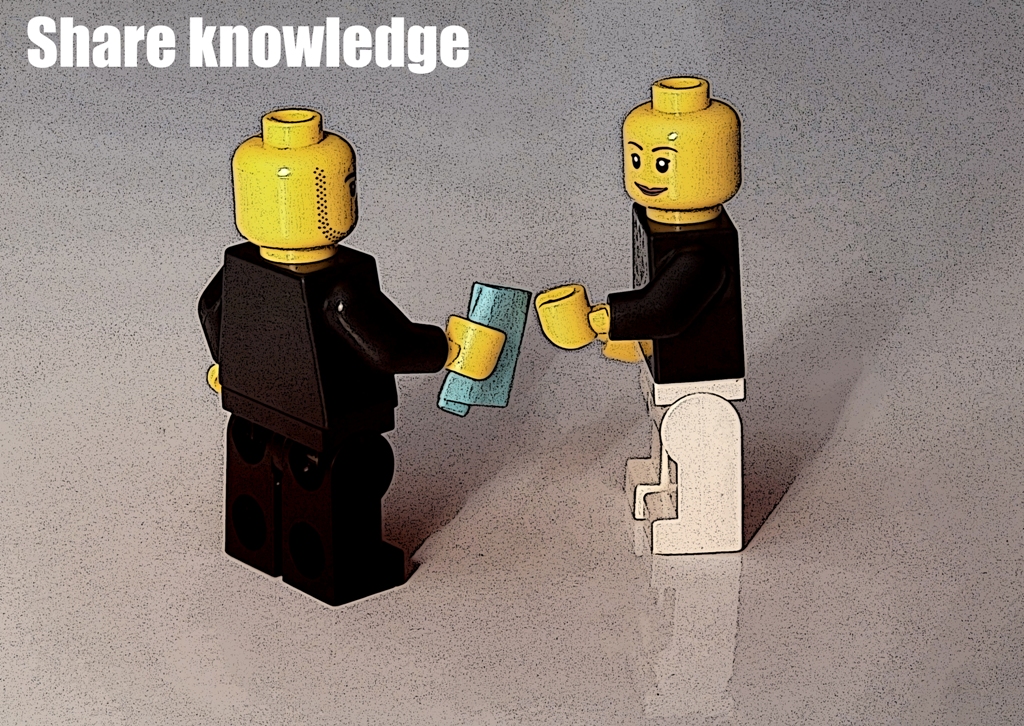“Mine! Mine! Mine!” Despite my parents consistently emphasizing the importance of sharing, when it came to my Legos or other favorite toys, sharing wasn’t such a simple task. But as time went on, I got better at sharing and saw the benefits (and lack of scoldings) that it generated. The ability to share is an important social skill to develop, but not just for kindergarten playtime. In social services, there are also substantial benefits to be realized from sharing, through data integration and shared services.
In last week’s Governing webinar, Sharing Data With Your Friends…The Integration Imperative, Katherine Barrett Senior Fellow at Governing, moderated an excellent discussion echoing my parents’ advice, albeit in a different context. The webinar looked at how sharing and integrating information across health/social programs can reduce costs and achieve better outcomes. Speakers included:
- Sarjoo Shah IT Director for Eligibility and Insurance, Oklahoma Office of Management and Enterprise Services
- Erin Frisch Director of the Office of Child Support, State of Michigan Department of Human Services
- David McCurley Managing DirectorAccenture Software for Health & Public Service, Accenture
In moving away from the siloed systems of the past, the speakers discussed the benefits, challenges, and best practices of shared services and data integration on an enterprise level.
Why Change is Needed
Without shared services, Shah explained that data exchange between programs is cumbersome. It’s difficult to navigate for citizens and often forces them to provide the same information multiple times. It’s like a human services maze, said McCurley, with a series of disjointed programs and no clear entrance. Over the past decade, there has been a “modernization” model that emphasized web-enablement, but there is no statewide governance for all these sites. This has created scenarios where citizens often struggle to find what they’re looking for. Furthermore, the systems that support these programs are “antiquated,” Shah stated, which increases maintenance costs and makes it difficult to find personnel that can work with these legacy systems.
The Vision for Integration
In an ideal situation, Shah’s vision is an enterprise system with one entry and exit point for social service programs. This would include services from a variety of programs such as Temporary Assistance for Needy Families (TANF), Supplemental Nutrition Assistance Program (SNAP), Medicaid, Unemployment Insurance (UI) and others. In establishing paternity or child support orders, prison and new hire information as well as federal and state tax returns would also benefit from being integrated, said Frisch.
The idea is to go from complexity to simplicity, said McCurley. Simplify the process with an interoperable system that focuses on outcomes and supporting healthy, thriving communities. To meet this objective, McCurley discussed a new digital ecosystem supported by a powerful platform. This would involve common client identification services that are able to look into legacy stove-pipe systems and work out the inefficiencies and redundancies. The ecosystem would also include technical services (such as security and content management), application services (involving rules, workflow, and decision report), and composite application (addressing eligibility and other concerns that can drive down maintenance costs). The end goal is looking at how data enables service and improves family outcomes, said Frisch.
Benefits
When an integrated model is set in place, there are many benefits. Shah noted some of the key benefits realized in Oklahoma: unified information, a common programming language across systems, a common set of data to determine eligibility (i.e. a person may receive services through three different programs), cross-agency referrals, multi-channel access to information by staff (web, mobile, etc.), and enhanced self-service access for citizens. Frisch listed some other benefits that directly affect the family she serves in Michigan: Less time waiting for housing assistance, faster paternity establishment, payroll deduction, and employment assistance. What’s more, improvements in one agency can improve outcomes in other agencies too, said McCurley. With more integration and connection of services, agencies will not simply meet minimum standards but offer a superior service that creates a high-quality outcome for families.
Best Practices
Finding interoperable solutions is important, but it’s also crucial to find the areas where you can get the most bang for your buck, said Shah. Also, what will the funding models look like for these shared services? Many of the stove-pipe systems across the enterprise look the way they do because of the funding streams they’re attached to, said McCurley. Therefore, creating new or modifying existing streams will take time. These questions and more must be discussed and debated by a committee before implementation, Shah advised. It may seem bureaucratic, but these are necessary steps to get high-level buy-in. After all, executive buy-in is more important than the technological solution, itself. Technology is the simple part, said McCurley, but strong governance is more difficult and is necessary for the long-term process. Unity of leadership and a shared vision is crucial, said Shah.
Frisch echoed these points, emphasizing program leadership and the need for trust. Where are inter-departmental shared interests? How can we all get behind the effort to make integrated service delivery a reality? Communication is key, said Frisch, ranging from boots on the ground folks to senior leadership. Also, it’s important to consider how these changes affect citizens and staff, alike. Obviously, the point is to make service delivery simpler, but some initial training and awareness is important.
Moving Forward
With overlapping efforts aimed at the same citizens, it is clear that an integrated service approach would reduce costs and increase efficiency. Such a transformation is much more difficult than finally (and reluctantly) handing your Lego pieces to a friend, however. But with preparation, dialogue, the right tools, and multi-level buy-in, you can be that much closer to an integrated service model.
Image: Flickr Creative Commons, Ewa Rozkosz.





Leave a Reply
You must be logged in to post a comment.